by Michelle Grace-Williams & Julia López-Robertson, with Genitha Jackson, Tirisha Robinson, Janese Utley, University of South Carolina

I, too, sing America/I am the darker brother/They send me to eat in the kitchen/When company comes/But I laugh, /And eat well /And grow strong/Tomorrow…/They’ll see how beautiful I am/And be ashamed—I, too, am America.
Langston Hughes
The poem above, I Too, Am America, is an example of a culturally relevant poem that could be used by teachers as a vehicle to engage [all] students in discussions about social injustices and issues that may be relevant to them and their lives. Culturally relevant poetry may also be used as a critique to systems of oppression that are present in our society-in this case, specifically race and language. Continue reading →
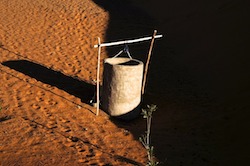 In our first blog post we presented a framework for how we think about constructing classroom experiences that, through the stories of that discipline, apprentice students into disciplinary learning that fosters authentic, and relevant knowledge and presents opportunities for inquiry. This week we are examining science. Continue reading
In our first blog post we presented a framework for how we think about constructing classroom experiences that, through the stories of that discipline, apprentice students into disciplinary learning that fosters authentic, and relevant knowledge and presents opportunities for inquiry. This week we are examining science. Continue reading 


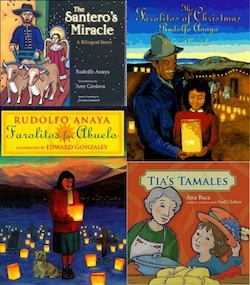


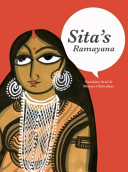 While folktales and fables are traditional literature of a secular nature, myths are sacred narratives. To people within a particular religious group, myths are true accounts of past events. Myths explain how the world came to be and how people’s behavior, societal customs, and institutional norms were formed. The main characters in myths are usually gods or heroes with supernatural powers and the humans with whom they interact. “…Myth might be defined simply as ‘other people’s religion,’ to which an equivalent definition of religion would be ‘misunderstood mythology,’ the misunderstanding consisting in the interpretation of mythic metaphors as references to hard fact” (Campbell 27).
While folktales and fables are traditional literature of a secular nature, myths are sacred narratives. To people within a particular religious group, myths are true accounts of past events. Myths explain how the world came to be and how people’s behavior, societal customs, and institutional norms were formed. The main characters in myths are usually gods or heroes with supernatural powers and the humans with whom they interact. “…Myth might be defined simply as ‘other people’s religion,’ to which an equivalent definition of religion would be ‘misunderstood mythology,’ the misunderstanding consisting in the interpretation of mythic metaphors as references to hard fact” (Campbell 27). 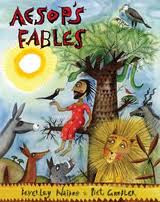 Fables are another form of traditional literature. They are short stories written in prose or verse. The main characters are most often anthropomorphized animals whose behaviors demonstrate moral lessons. Fable tellers and writers end their stories with a maxim, or a statement that encapsulates the moral. The most famous fables in Western culture are attributed to a Greek named Aesop.
Fables are another form of traditional literature. They are short stories written in prose or verse. The main characters are most often anthropomorphized animals whose behaviors demonstrate moral lessons. Fable tellers and writers end their stories with a maxim, or a statement that encapsulates the moral. The most famous fables in Western culture are attributed to a Greek named Aesop. 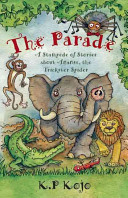 The week’s selection
The week’s selection 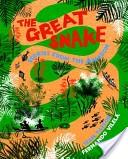
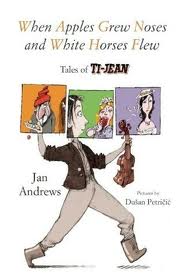 Each year the United States Board on Books for Young People (USBBY) selects and promotes a list of
Each year the United States Board on Books for Young People (USBBY) selects and promotes a list of